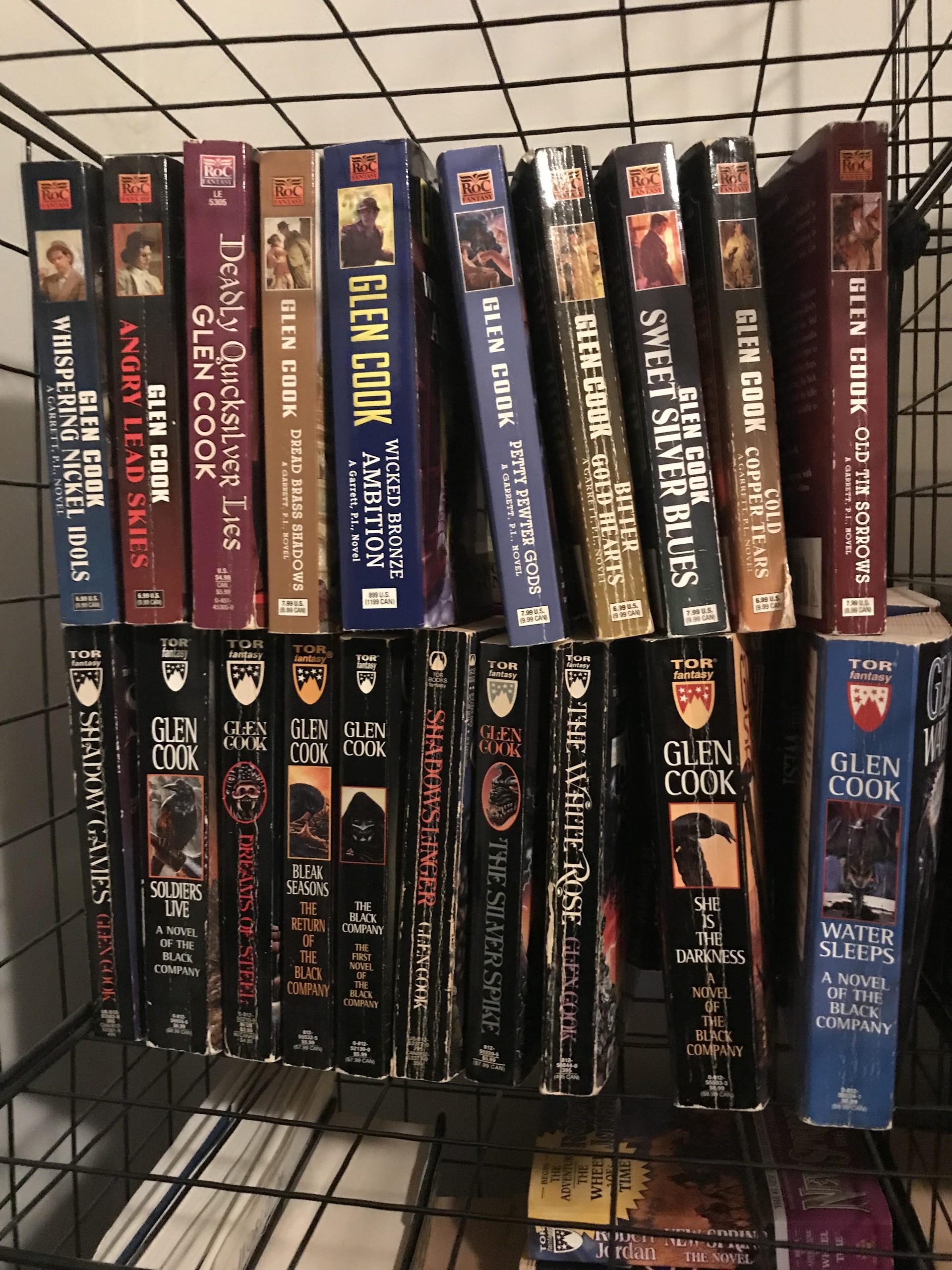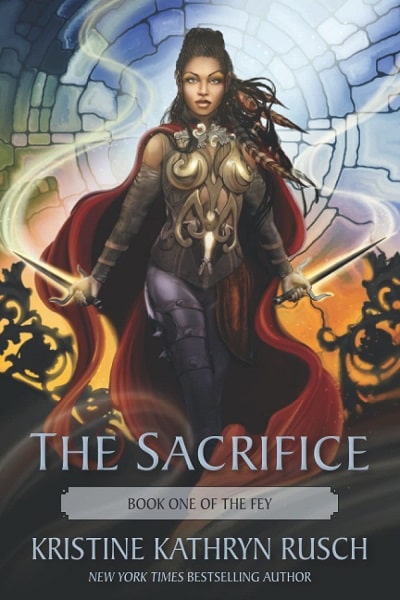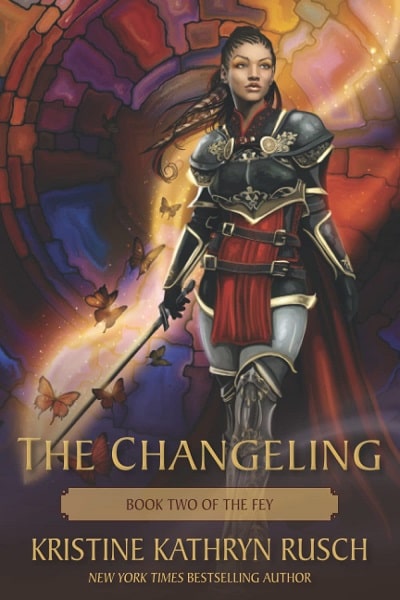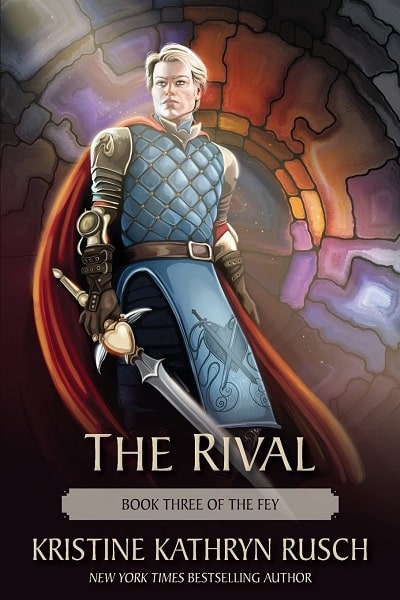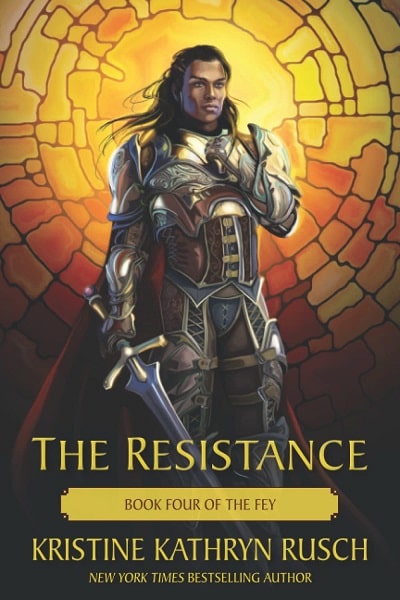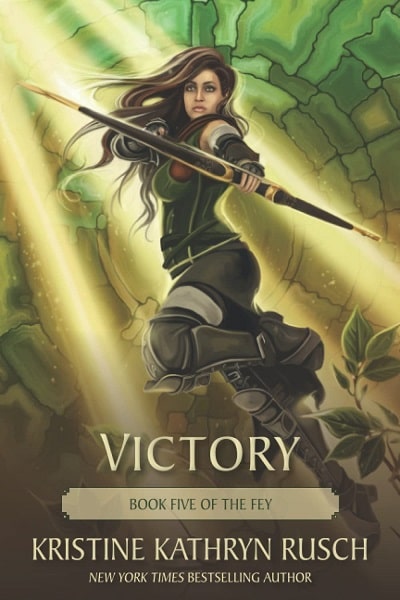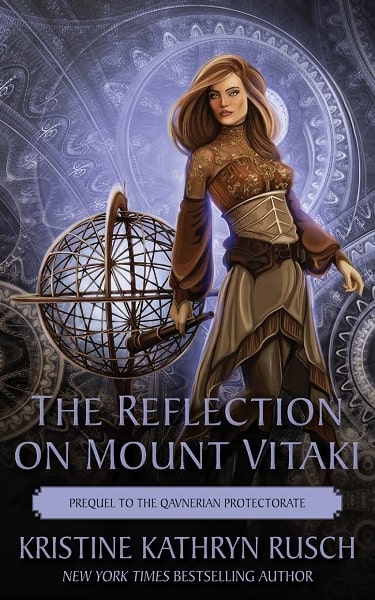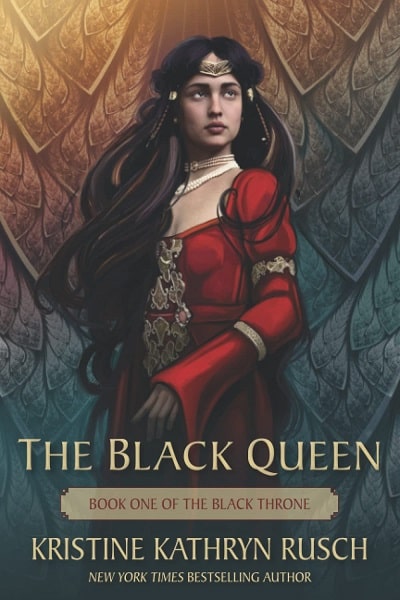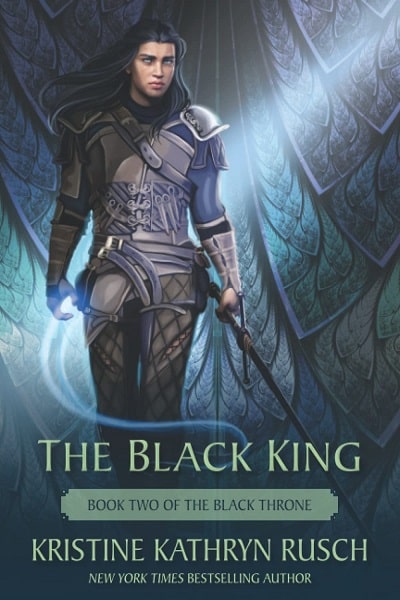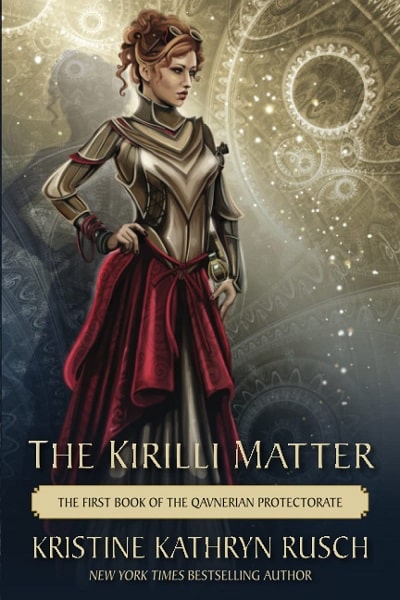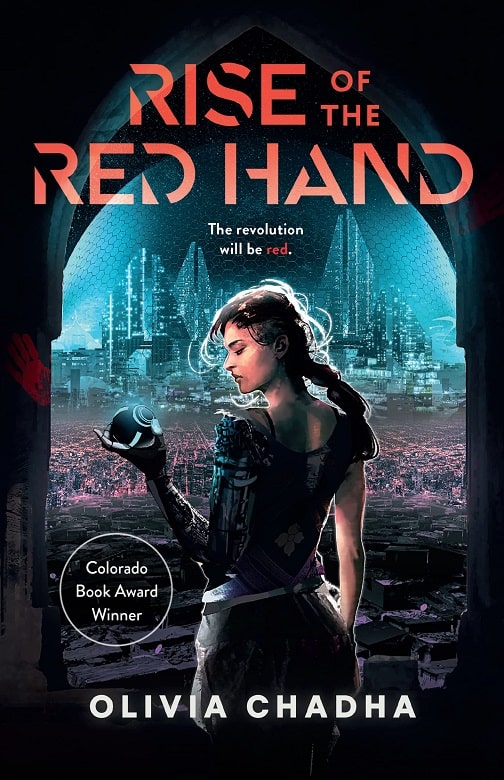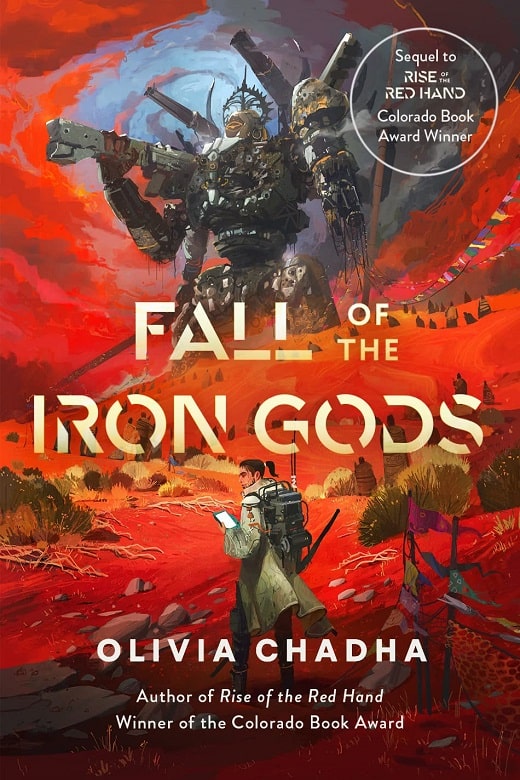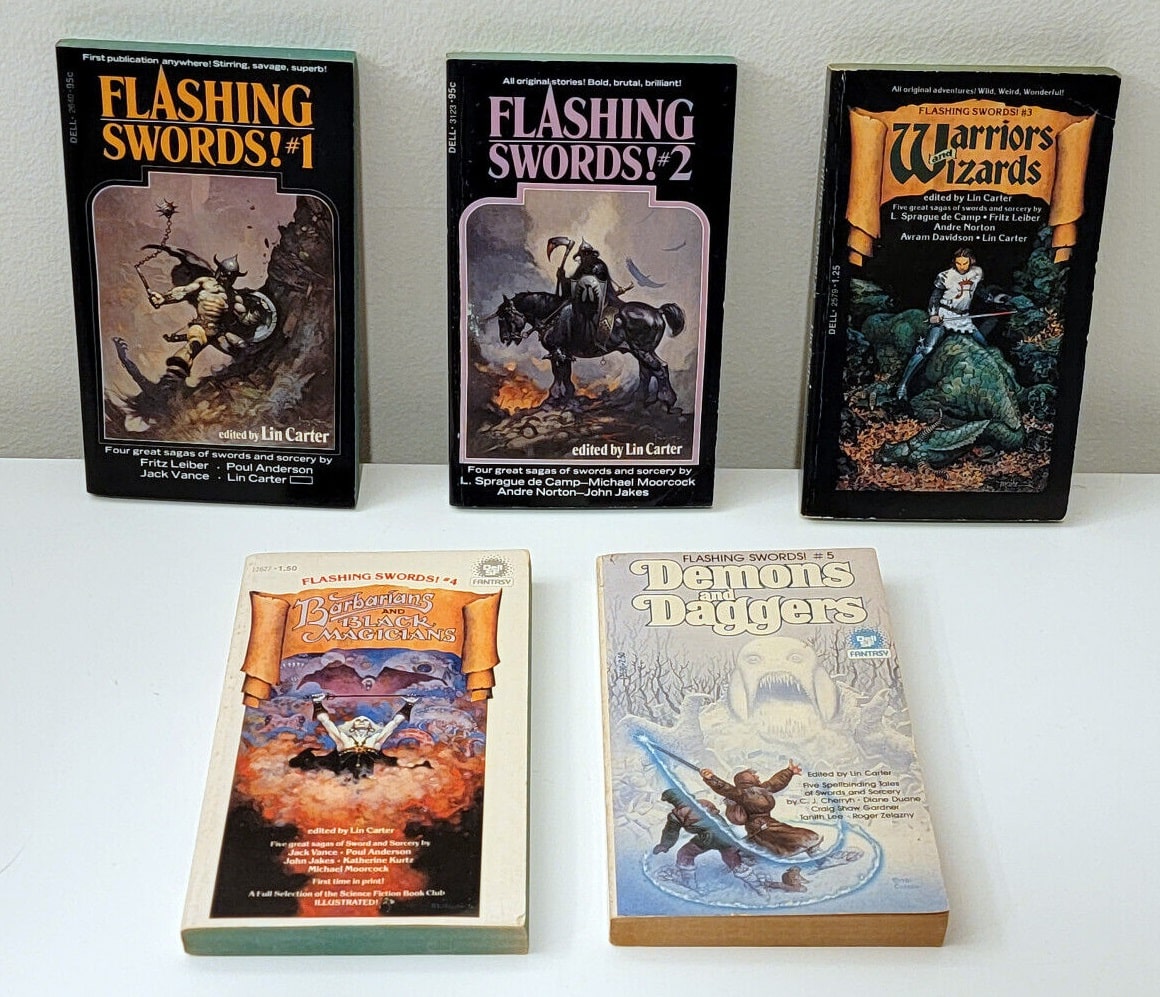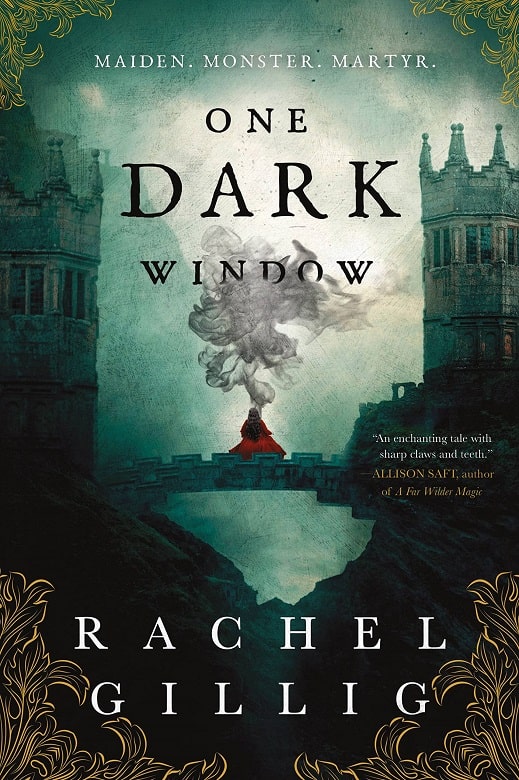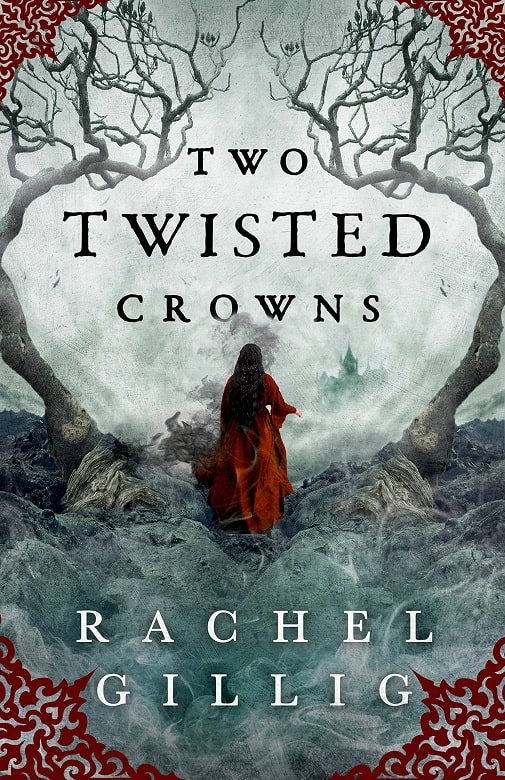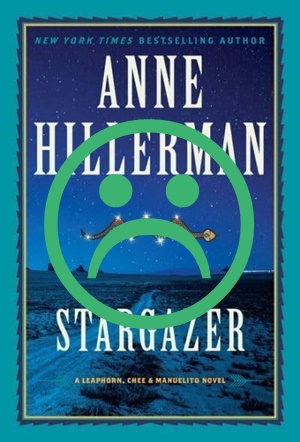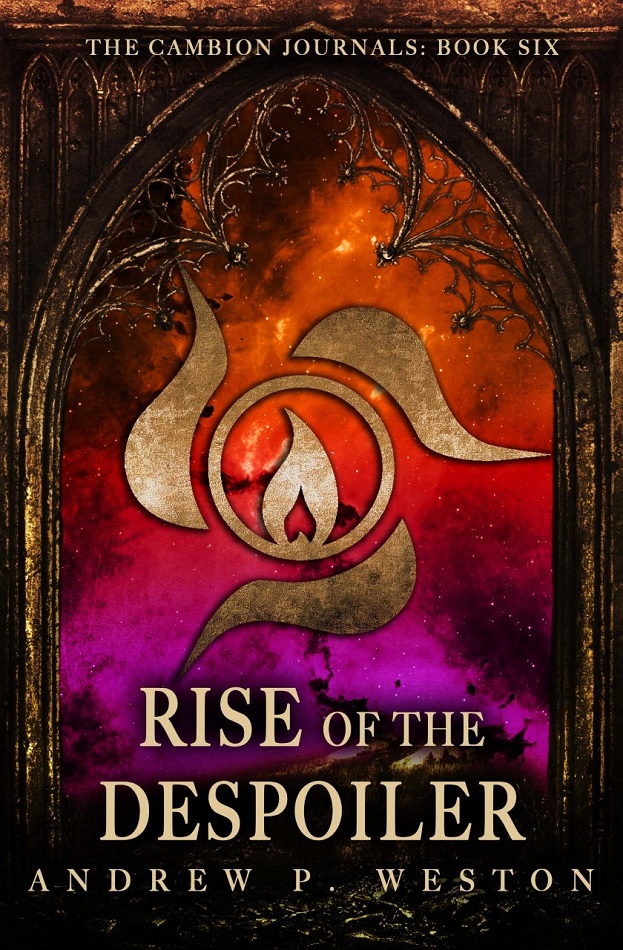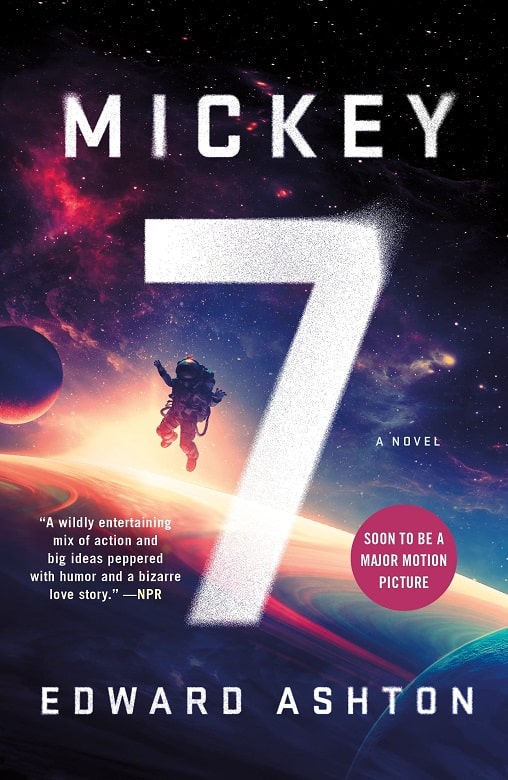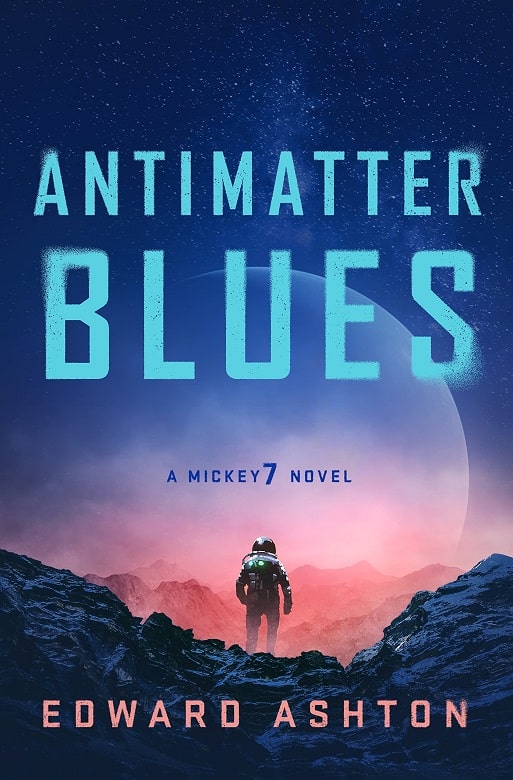Bob’s Books – Shelfie #6: (Cook, LeGuin, Gygax, Hardy, Hendee, Flint, Smith, McKillip)
It’s installment number six in Bob’s Books’ Shelfie series. Combining a couple fantasy shelfies from my Reddit series, and I kick it off with the terrific GLEN COOK.
When I see a fantasy shelfie here in this bookshelf subreddit, there always seems to be the same few authors popping up – Martin, Sanderson, and Rowling. I’m a little surprised I haven’t seen much Tolkien beyond The Hobbit and the Trilogy – not many Silmarillions appear. I’ve got a SERIOUS Tolkien shelfie coming.
When there’s something a little darker, it’s usually Joe Abercrombie, or Stephen Erikson’s Malazan series. The latter is fantastic, and the books that co-creator Ian Esslemont has added, are pretty good too.
I don’t think I’ve seen any Glen Cook yet.
I’ve not read his Dread Empire series, which seems to be rather heavy. And I’ve read a little of his science fiction, though not much.
He has written a couple of other fantasy series’ I haven’t checked out. But Cook has written two SUPERB series’ that I put up with any modern fantasy in the past several decades. Including the ‘big-name’ stuff that gets most of the attention.
His Chronicles of the Black Company tracks a mercenary company across a deep fantasy world. Abercrombie, Lawrence, and the other leading dark fantasy writers are following in Glen Cook’s footsteps (and of course, Michael Moorcock’s).
It’s a tremendous series that I hear is popular with current and former members of the military, for its depiction of the military lifestyle.
